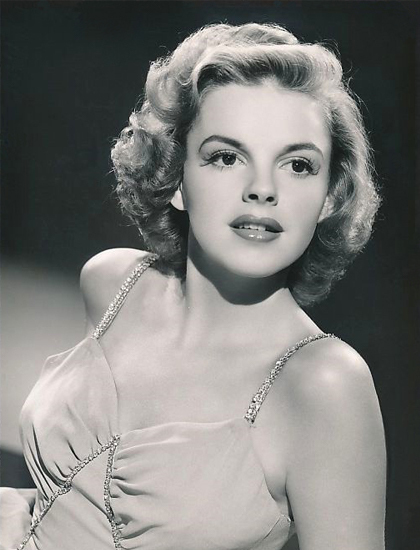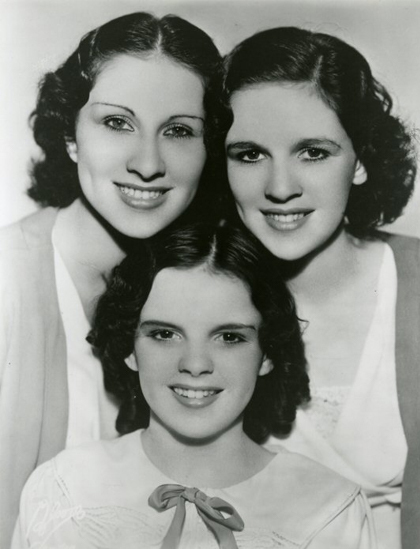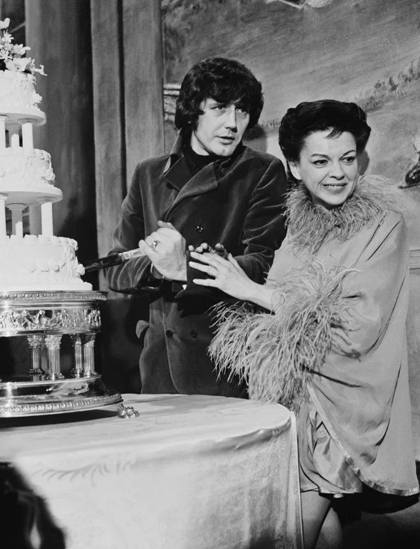June 22 marks the anniversary of the death of Judy Garland, an iconic Hollywood star whose life was a poignant reminder of the harsh realities of fame. Garland, who passed away at just 47 from a drug overdose in a rented London house, left behind a legacy filled with unforgettable performances but also profound personal suffering. Her journey through Hollywood’s golden era illuminated the industry’s darker side—a world of control, exploitation, and unattainable standards. This article dives into the complexities of Garland’s life, examining the toll fame took on her health, happiness, and relationships.
A Troubled Childhood: The Roots of a Complex Life

Judy Garland, born Frances Ethel Gumm in 1922, experienced turmoil from an early age. Her family life was far from stable; her father, Frank Gumm, was rumored to have had inappropriate relationships with teenage boys, forcing the family to move to California to escape local scandal. Her mother, determined to make Garland a star, pushed her relentlessly into show business. By the age of three, Garland was performing in theaters, bars, and even casinos to gain attention from producers.
This early exposure to the entertainment world forced Garland to grow up quickly, taking on the pressures of a professional career while still a child. Instead of enjoying a carefree childhood, she bore the responsibility of supporting her family’s ambitions. Her mother’s relentless pursuit of fame set Garland on a path that would ultimately lead to both extraordinary success and profound heartbreak.
The MGM Contract and the Start of Substance Dependence
At the age of 13, Garland signed with MGM Studios, a dream opportunity that quickly turned into a nightmare. MGM’s strict schedules and grueling demands pushed Garland to the edge. To cope, studio executives—including her own mother—encouraged her to take stimulants to stay awake for long hours on set and sedatives to ensure she could sleep when filming wrapped up.
During the production of The Wizard of Oz in 1939, MGM executives gave Garland amphetamines to keep her alert and energized. At night, they provided her with sleeping pills to “balance” the effects. This vicious cycle of stimulants and sedatives began when Garland was just 15 years old, marking the beginning of a lifelong struggle with addiction. She quickly became dependent on these drugs, which were handed to her as casually as if they were candy, without regard for her physical or emotional health.
A Life of Constant Criticism and Unhealthy Expectations
Even as a teenager, Garland was subjected to brutal critiques about her appearance. Executives at MGM constantly reminded her that she wasn’t the traditional Hollywood beauty. They went as far as to nickname her “the hunchback” and impose strict diets, all in an attempt to mold her into a starlet they deemed “marketable.” During The Wizard of Oz, she wasn’t even allowed to drink a milkshake in a scene because the directors worried it would affect her figure. The pressure to maintain a slim figure led Garland to adopt extreme dieting practices, which further contributed to her deteriorating health.
The harsh comments from executives and directors left deep scars on Garland’s self-esteem. She began to view herself through the lens of her critics, believing that she was unworthy unless she conformed to their impossible standards. This internalized pressure not only impacted her physical health but also fueled her dependency on substances to manage the constant stress.
Success and Psychological Decline
The Wizard of Oz catapulted Garland to stardom, making her one of Hollywood’s most beloved icons. She followed this success with major hits like Meet Me in St. Louis and Easter Parade, solidifying her place among the elite of Hollywood. But the relentless pace and constant scrutiny took a toll on her mental health. The dependence on drugs to maintain her image and schedule led to a downward spiral, with Garland turning to alcohol in her twenties to numb her growing anxieties and insecurities.

As her mental and physical health declined, Garland frequently missed filming days, leading MGM to suspend her multiple times. By 1950, after 15 years of service to the studio, MGM terminated her contract. This rejection was a significant blow, leaving Garland without the stability she had known for most of her career. Her health issues and mounting addiction had alienated her from the Hollywood establishment, further exacerbating her struggles.
Exploitation and Abuse in the Entertainment Industry
Garland’s story also highlights the abusive power dynamics within the film industry. She endured s***al harassment from powerful men, including MGM co-founder Louis B. Mayer, who reportedly harassed her during her teenage years. Her second husband, Sid Luft, revealed in his memoir that male co-stars often made inappropriate advances toward Garland, even reaching under her skirt during filming.
Mayer, who wielded immense influence, would belittle Garland in front of cast and crew, mocking her appearance and weight. These experiences scarred Garland, adding to her distrust of those around her and deepening her sense of isolation. Despite her fame, Garland felt powerless in a system that saw her as a commodity rather than a person.
A Heartbreaking Love Life: The Impact of Fame on Relationships

Garland’s love life was as turbulent as her career. At 18, she fell in love with musician David Rose and became pregnant. However, her family and MGM opposed the relationship because Rose was not yet divorced from his previous wife. Under pressure, Garland had an abortion, a decision that haunted her for years. Although she eventually married Rose, the relationship was short-lived, ending in divorce after two years.
In total, Garland married five times, and each marriage brought new challenges. Her third husband, Sid Luft, was reportedly abusive, while her fifth husband, Mickey Deans, exploited her fragile state for financial gain. These relationships, marked by betrayal and manipulation, mirrored the industry’s exploitation of Garland, leaving her with little stability or happiness in her personal life.
Financial Struggles and a Legacy of Resilience
Despite her fame, Garland struggled financially in her later years. Poor management and exploitation by colleagues and studios left her nearly bankrupt. When she passed away, her estate was valued at just $40,000. Her daughters, including the acclaimed actress Liza Minnelli, had to rely on friends like Frank Sinatra to help pay off her debts.
Garland’s resilience, however, left an indelible mark on Hollywood. Her daughter Liza reflected on her mother’s relentless drive, saying that Garland seemed to believe happiness would only come at the end of her struggles, after the final curtain fell. Garland’s life, while tragic, is remembered for her exceptional talent and unwavering spirit, qualities that inspired generations of performers.
Conclusion: Judy Garland’s Legacy and the Tragic Cost of Fame
Judy Garland’s life story remains a cautionary tale about the price of fame. While she brought joy to millions with her voice and performances, she endured personal torment behind the scenes. Hollywood’s relentless demands and exploitation took a young girl with extraordinary talent and left her with an addiction that would claim her life far too soon. Her story sheds light on the need for compassion and reform in an industry that often places profit above well-being.
Garland’s legacy lives on through her films and the inspiration she continues to provide to artists worldwide. Her resilience in the face of adversity and her contributions to film and music are undeniable. Judy Garland may have faced unimaginable hardship, but she left behind a timeless body of work that speaks to her strength, talent, and enduring spirit. In remembering her, we honor not only her brilliance but also the sacrifices she made for her art.


